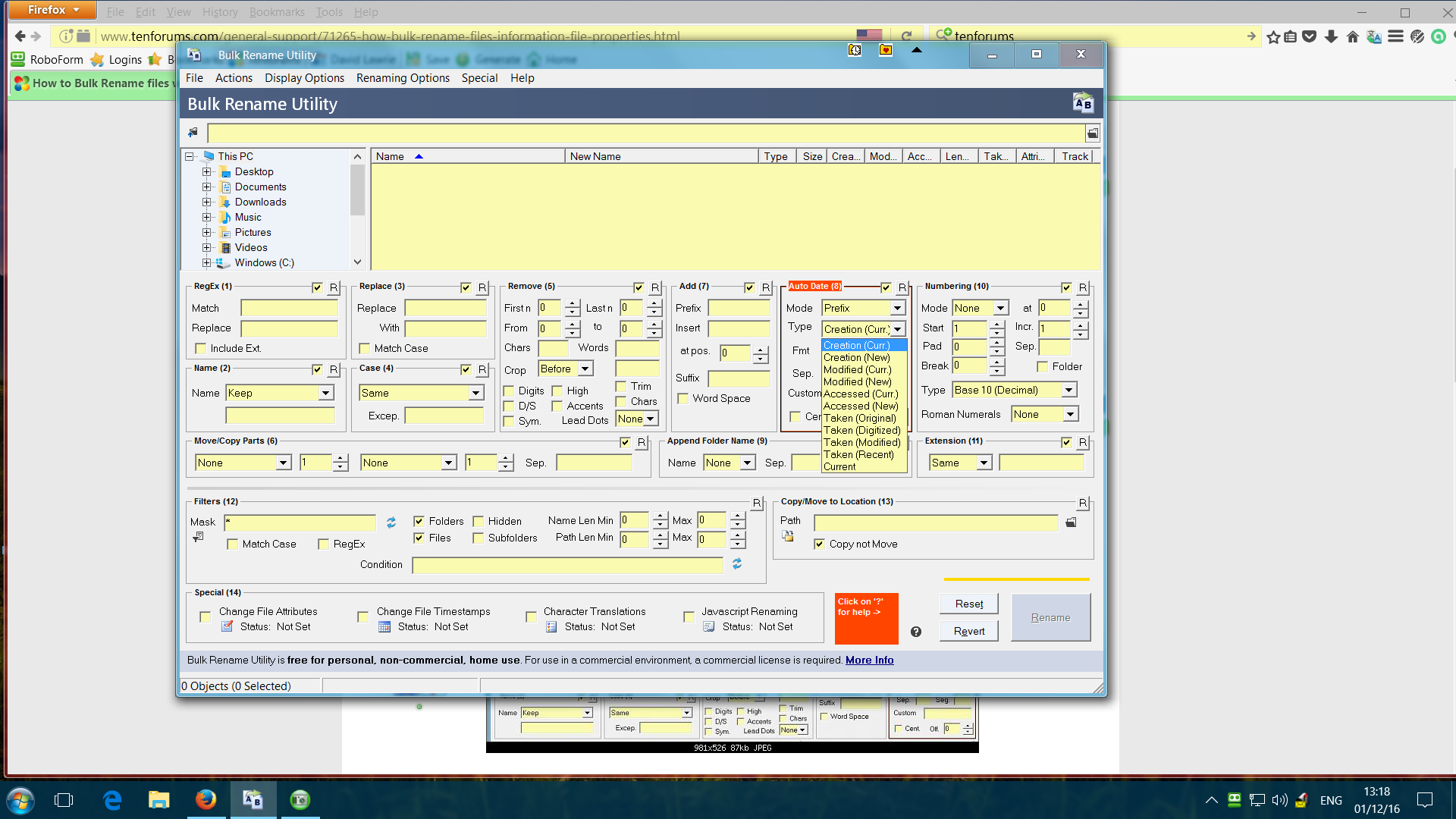

You can type whatever you want in it, and it will be included with the codes in the filename. The “Format” field doesn’t have to contain only specific codes that the application recognizes (e.g., “% d% m% Y” for the day-month-year of a date). For example, placing the date after the second letter of each name or five letters before its end. “At position” allows you to “move” the new item, in this case the date, by a specific number of letters, counting from either the left or right as defined by the other available option.

If the second option were changed to “From the back (right),” the date would be placed at the end of each filename. The default values “At position: 0” and “From the front (left)” specify that in the case of a date, it will be placed “in front” of the existing filename. This is defined by the “From the …” (front / back) and “At position” (+/-) options.

Among them, the way you specify “the location” of anything you add to a filename. Although each type of renaming may come with different parameters, they share some options between them.


 0 kommentar(er)
0 kommentar(er)
